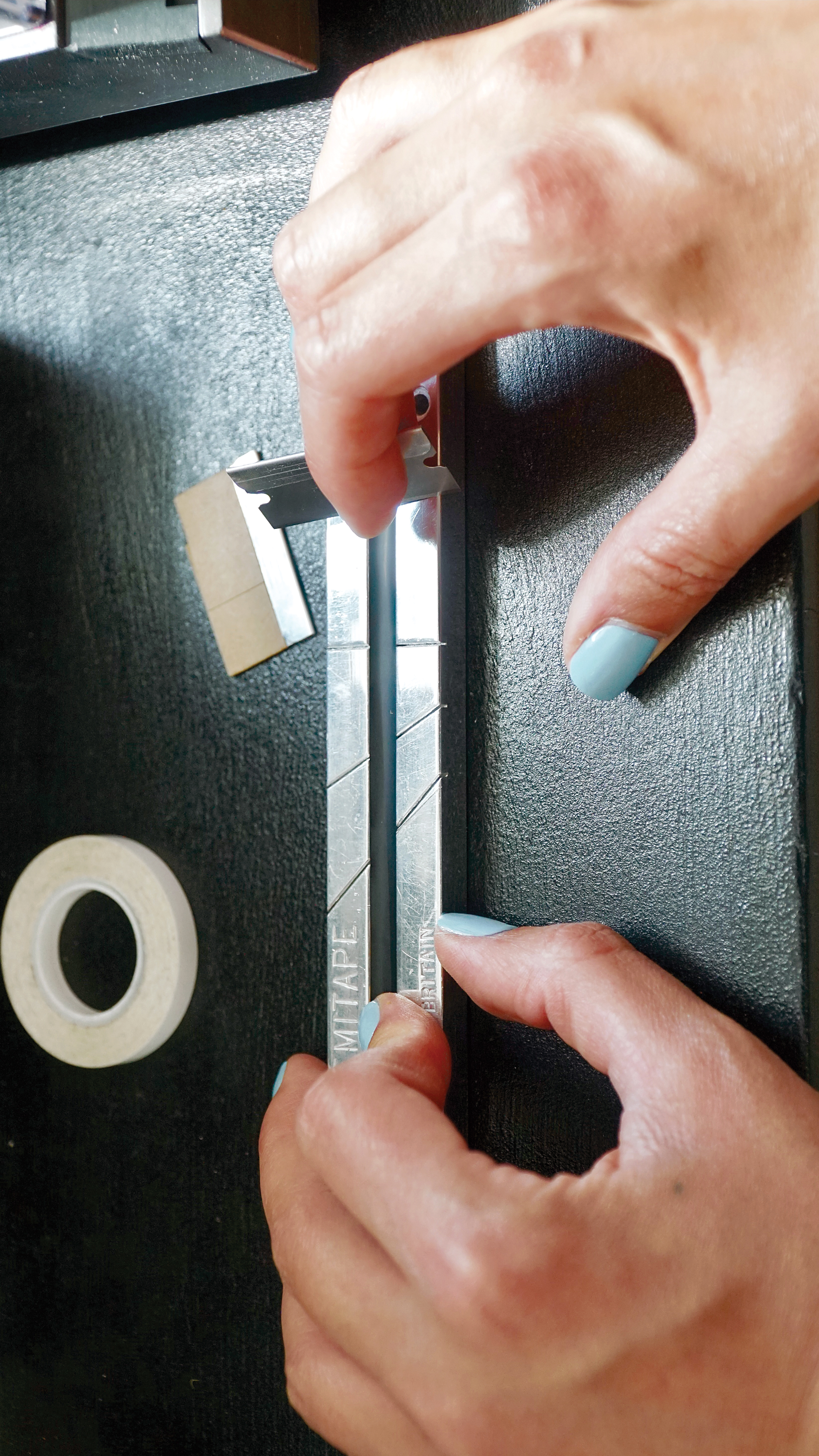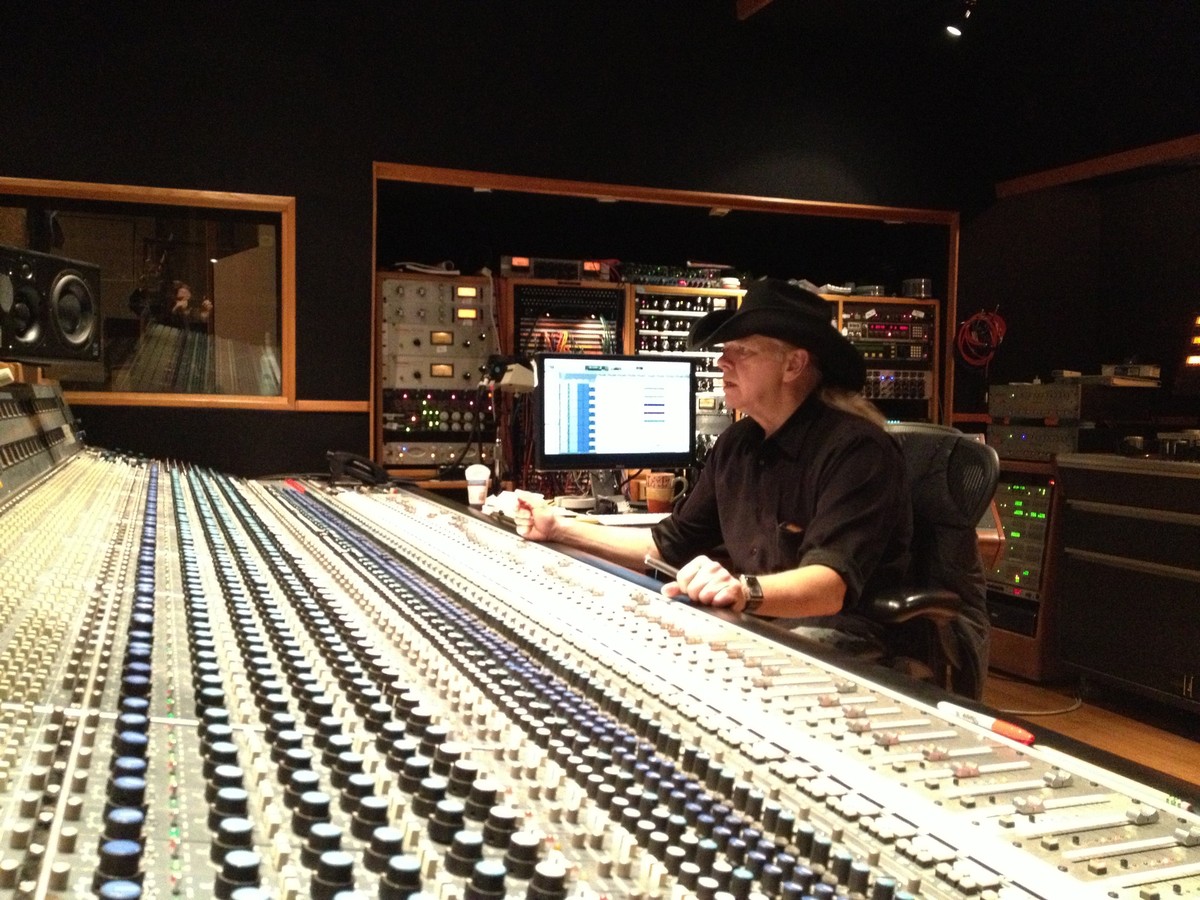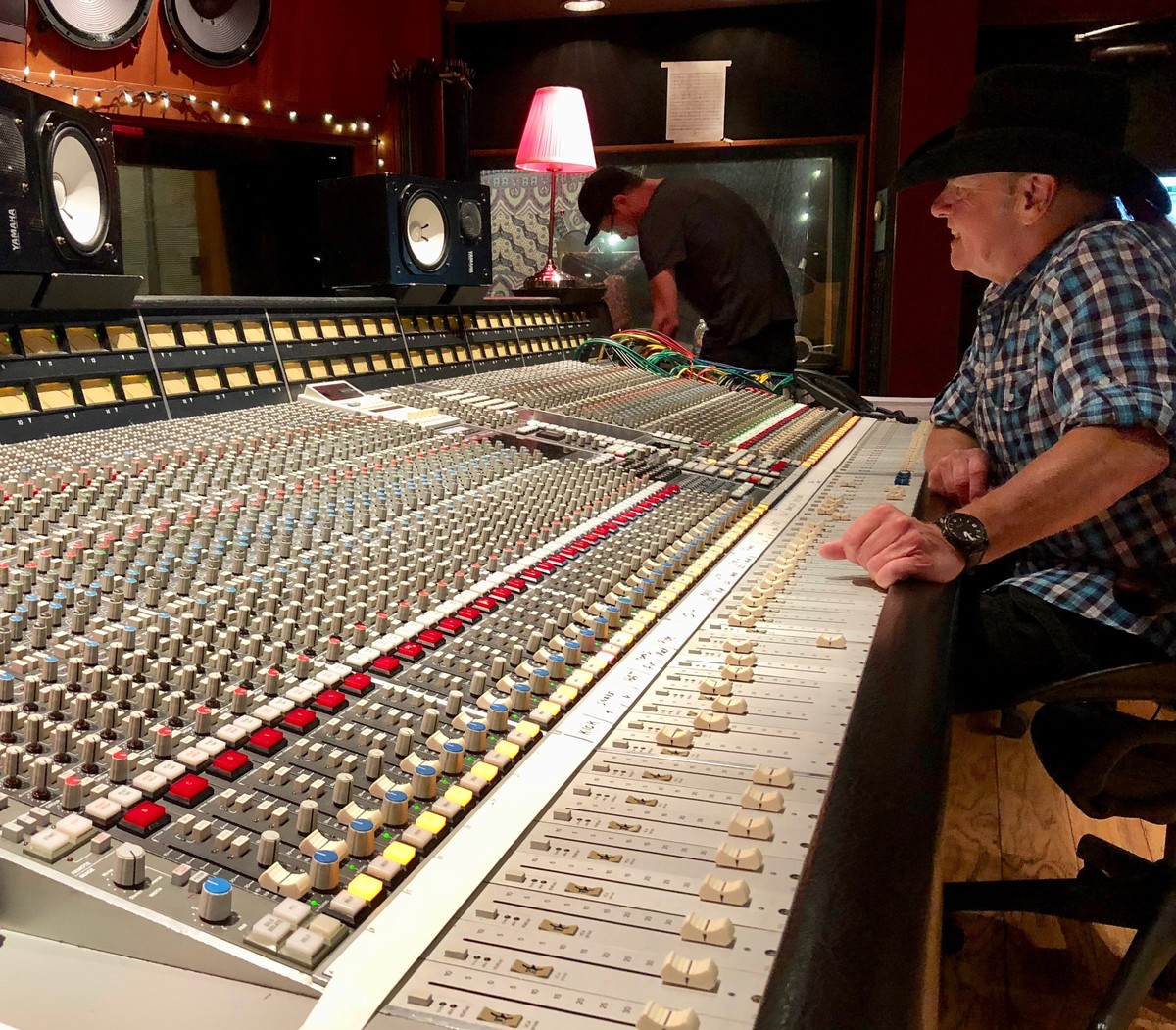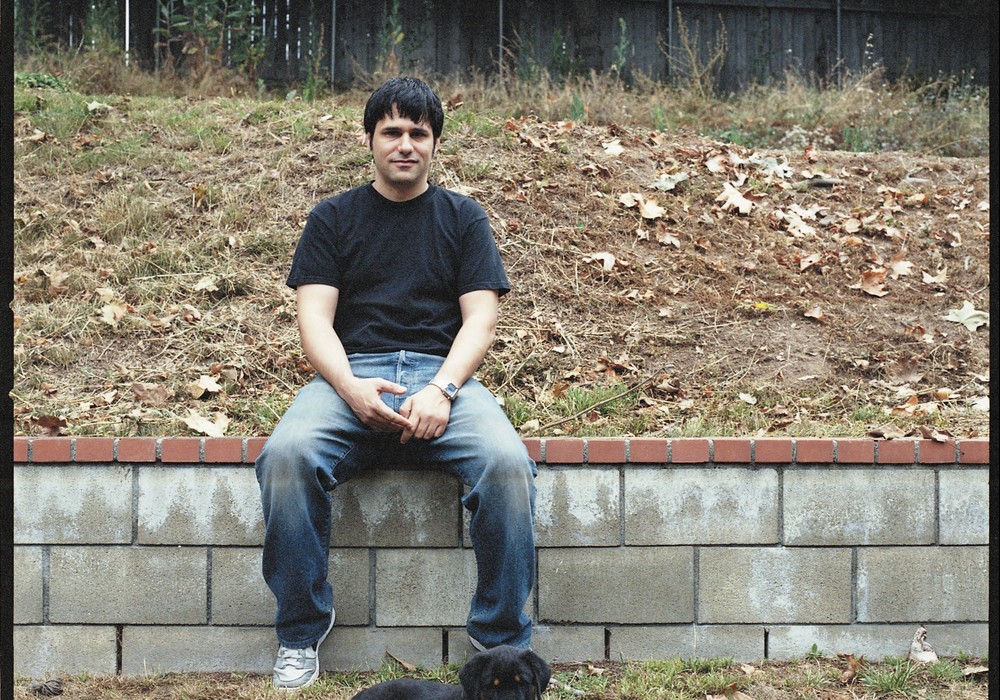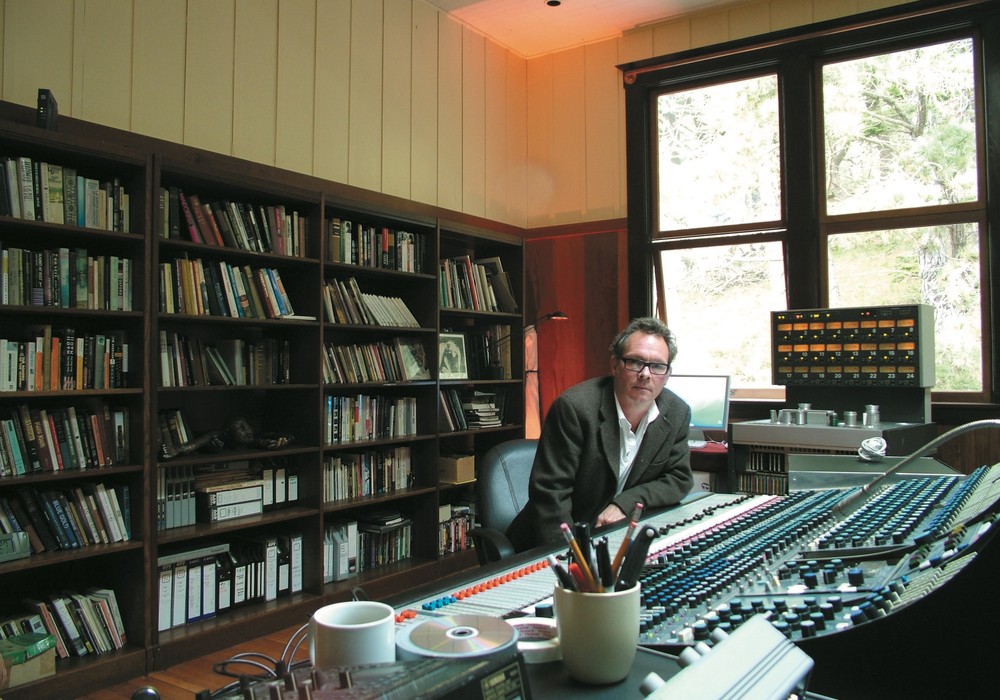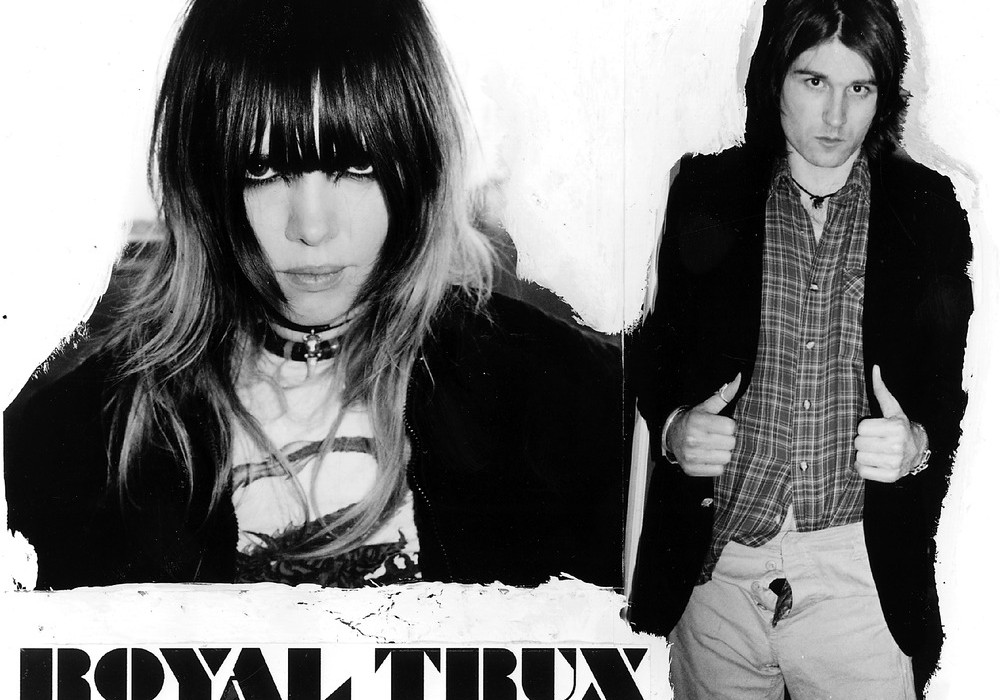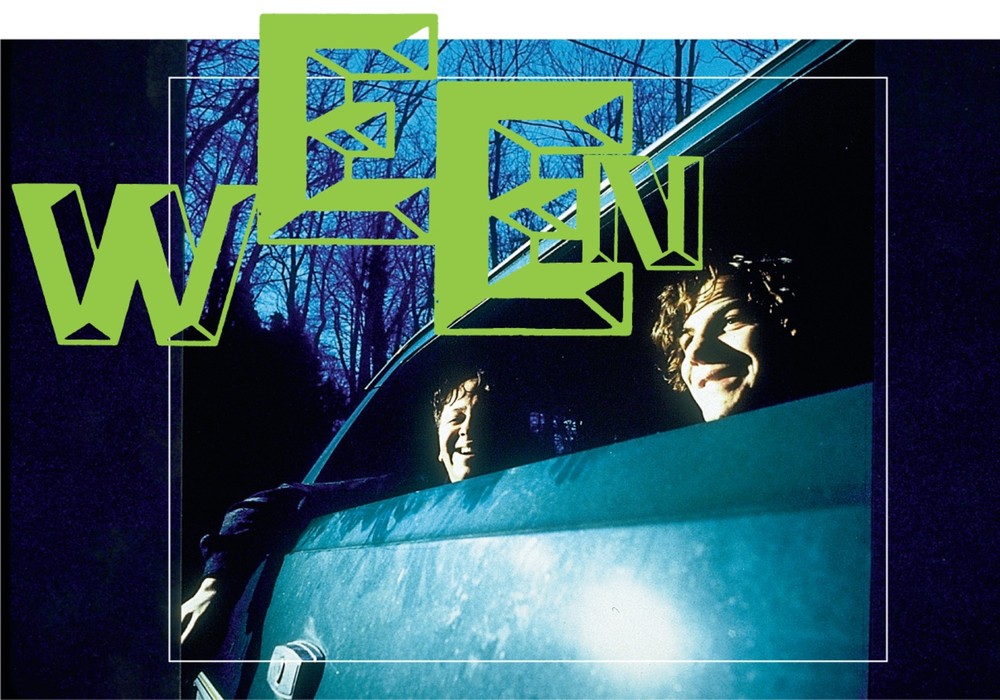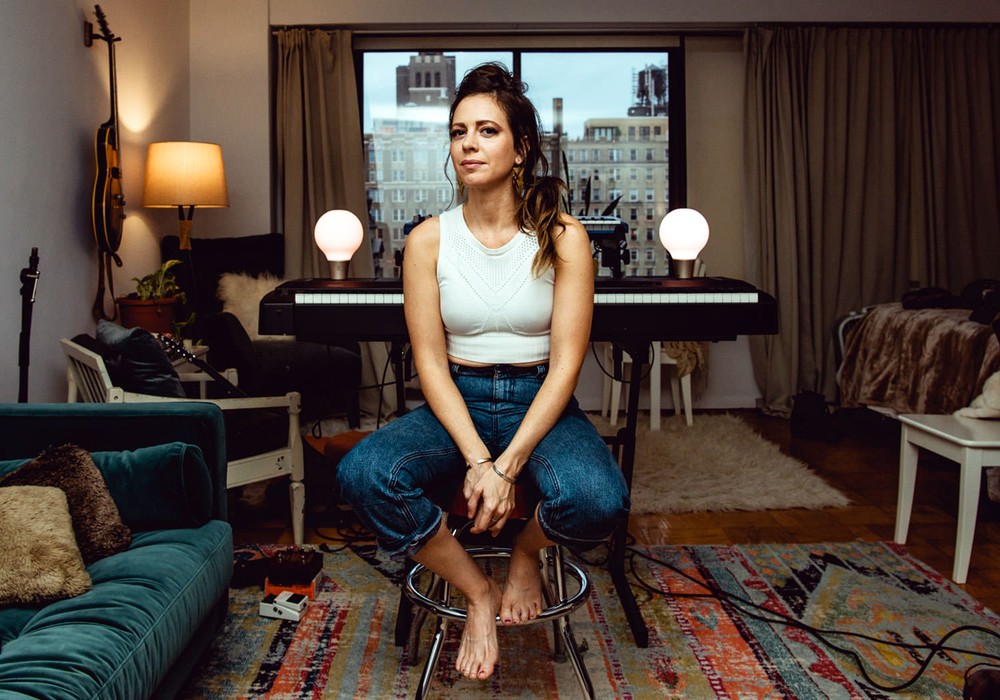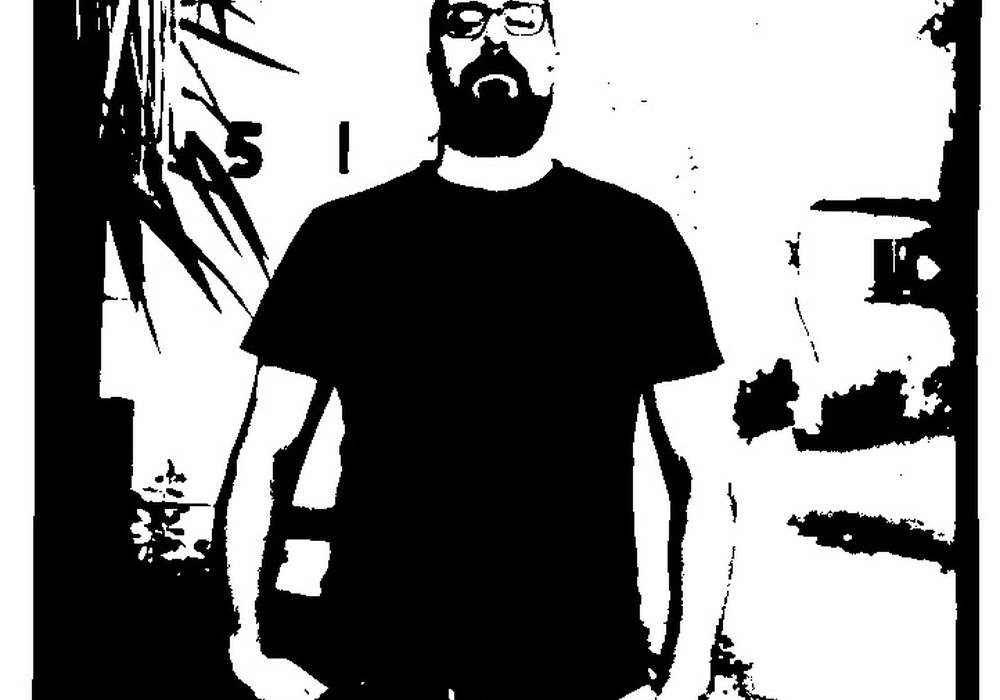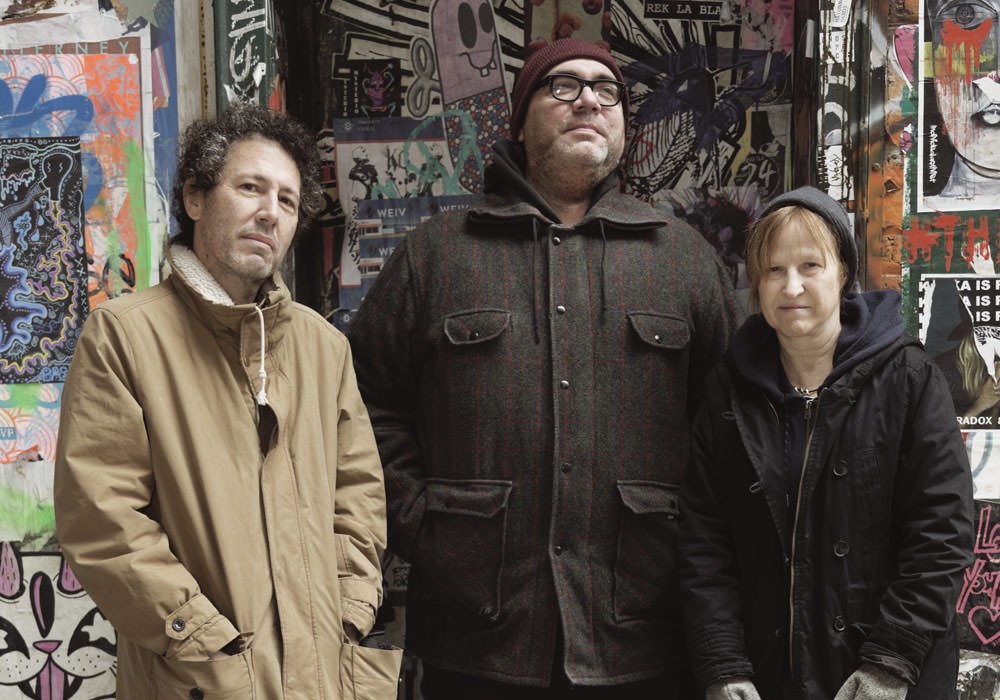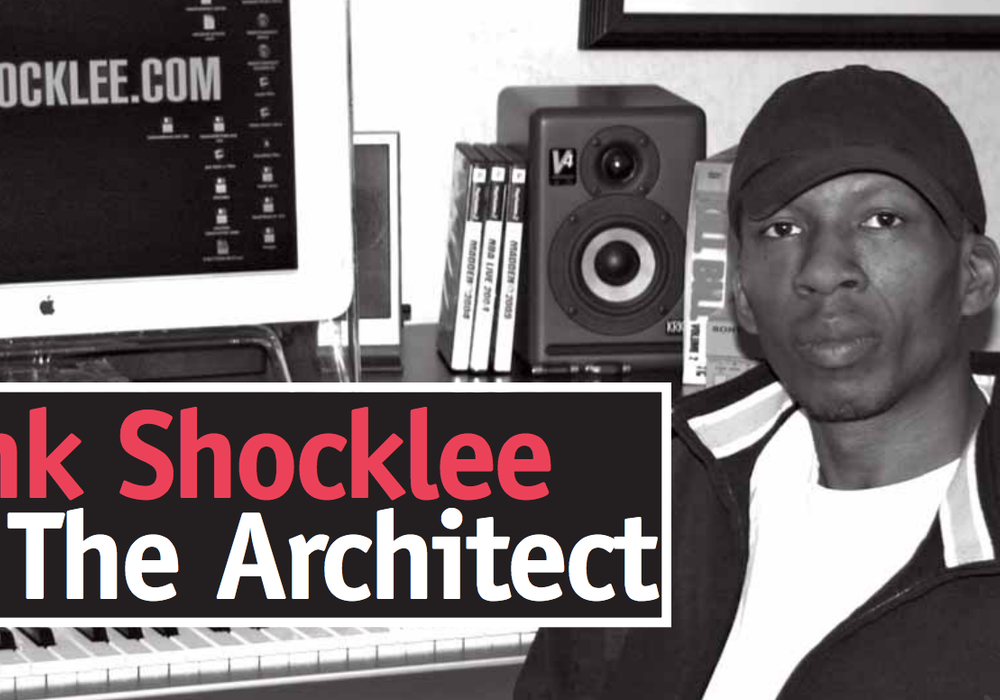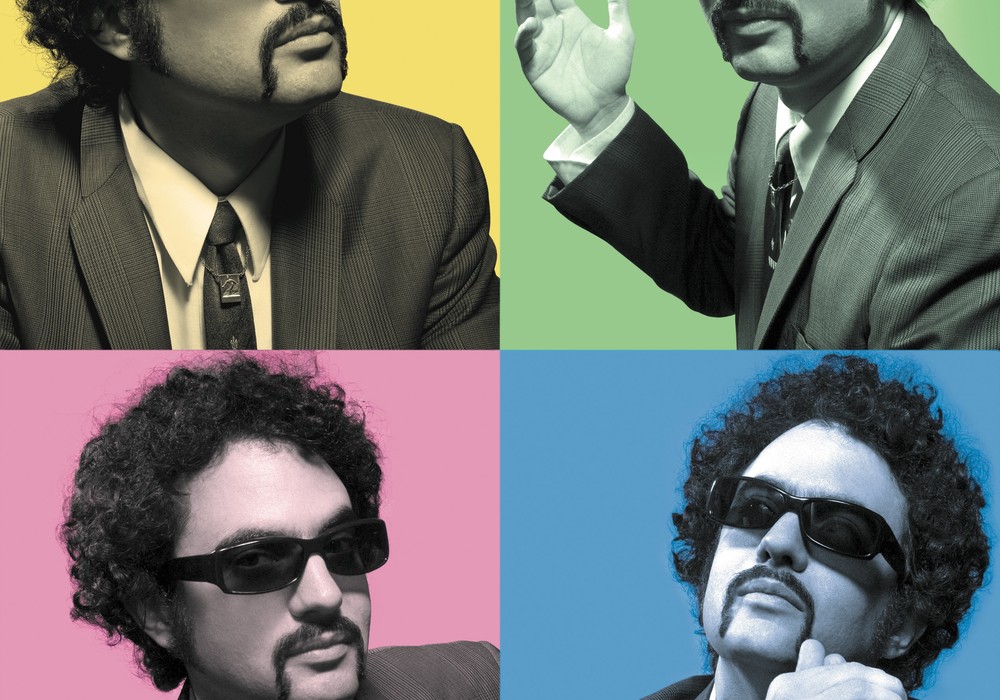Feature Photo: Eric at EastWest Studio 1
How did your career begin?
I started out as a musician. I’d be begging and pleading to get studio time. “Yeah, I’ll come in at two o’clock in the morning.” That’s not the case anymore. People have a studio in their house. They don’t know how to use it, but they have it. [laughter]
How did you end up working at Sugar Hill, and who were your recording mentors?
My mentor was a magazine: Modern Recording. I read that like mad. I was doing a bunch of demos on a 4-track. I had fooled around on multitrack, but I didn’t have any mentors. I knew a guy who was working at a record company in New Jersey, called All Platinum Records. He hated engineering and wanted to be a folk singer. I said, “When you quit, would you call me up and tell me?” I was living on 81st and First Avenue in Manhattan. I got a call from him. “I just quit.” I called them up and I talked to Joe Robinson. I said, “I understand you need an engineer.” He goes, “Yeah, could you work tonight?” I took a bus to the subway and a bus across the George Washington Bridge; it took me an hour and a half to go 12 miles. I got there, I got the job, and I started working there. Sylvia Robinson and Joe Robinson owned the place. Sylvia had been in Mickey & Sylvia, with the song “Love is Strange.” Soon after I arrived, they changed the name, All Platinum Records, to Sugar Hill Records, which is a neighborhood in Harlem. When I first got there, there was a guy doing some recording and playing back on the console. On every channel, the bass was turned full blast. He had it at 100 Hz and they were all wide-open. They certainly needed an engineer to work there that time. They were happy to have me in there doing anything I wanted to do in the studio. They gave me the keys, and I would go in there and experiment. There was an engineer there, Steve Jerome, and his claim to fame was “Walk Away Renée”.
Oh, The Left Banke!
Yeah. He recorded there. They had a Quad Eight board, the same kind they had in Motown, an 8-track Scully, and they had the other room at the top of the hill, in Englewood. When I first got there, they had just had [the Sugarhill Gang’s] “Rapper’s Delight” and they made all this money, so they built a new room. I was there with them when they hired [audio consultant Hamilton] “Ham” Brosius and Eastlake Audio while they were building a room. I learned so much about the booth. It was amazing, wiring up everything. They built a room with an MCI 600 with parametric EQ, an MCI 24-track, MCI 2-tracks, and an old EMT plate. It was pretty great.
Did you end up working on some early hip-hop there?
I recorded the first record scratching on [Grandmaster Flash & The Furious Five’s “The Adventures of] Grandmaster Flash on the Wheels of Steel.” I learned about beauty from the Crash Crew. We cut a song for them, with horns and the whole full production. They came into the studio, and they said, “Shut that off.” I said, “Really? Okay.” Then they said, “And shut that off.” They’re muting all these tracks, and it comes down to be this simple thing that was just earthy. I was like, “Wow!” The fact that they shut off a bunch of overdubs really opened my eyes to being able to mute tracks. A couple years later, we recorded a song with Grandmaster Flash, and Dizzy Gillespie came in and played a trumpet solo. Remember Dizzy Gillespie’s trumpet goes like this. It did that turn up?
Yeah, it points up.
That way he could be looking at sheet music and play to the audience. But when he was doing the solo, he was holding the trumpet; it’s pointing way up, and he’s moving. I had to put two U87s up there, so he played between them....
